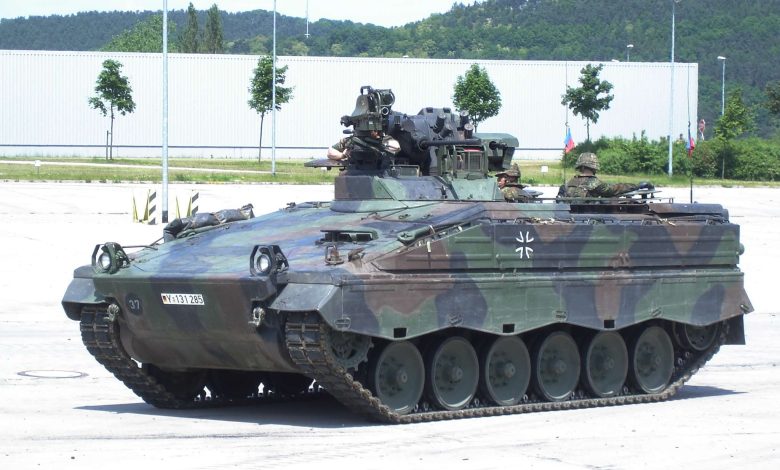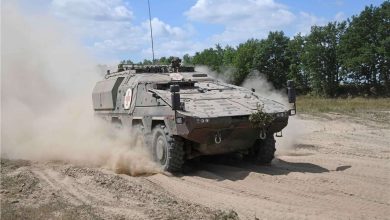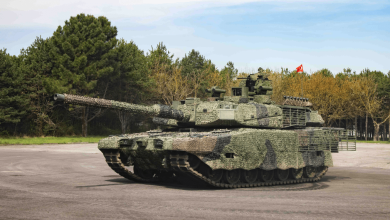
Celebrating 50 Years of the Marder Infantry Fighting Vehicle: A Legacy of Innovation
The Marder infantry fighting vehicle marks its 50th anniversary today: it was half a century ago, on May 7, 1971, that the Bundeswehr officially received the first mass-produced units. This milestone occurred during simultaneous ceremonies in Kassel and Kiel – the headquarters of the iconic IFV’s original creators, Thyssen-Henschel and Krupp MaK. Both entities have belonged to Rheinmetall since 1999 and 2001, respectively.
At its inception, the core mission of this new IFV was to safeguard the national territory in Central Europe: alongside the Leopard 1 main battle tank, the Marder was intended to play a crucial role in the mobile operations of the Bundeswehr. However, destiny had alternate plans for the vehicle. Throughout the Cold War, the Marder infantry fighting vehicle’s function was limited to significant exercises conducted by West Germany and its NATO allies to unequivocally showcase their preparedness for defense. Meanwhile, the Leopard 1 has long since disappeared from the Bundeswehr’s fleet. This is also true for other systems from that past era, including the Luchs armored reconnaissance vehicle, the Starfighter F-104 fighter-bomber, and the BO 105 and Bell UH-1D helicopters. In contrast, the Marder demonstrated its capabilities in international missions, notably in Kosovo and Afghanistan. As part of the Quick Reaction Force, it has participated in engagements around Kunduz and Mazar-e Sharif. The vehicle continues to serve the Bundeswehr today. Moreover, Germany is not the sole nation utilizing the Marder; the vehicle is also employed by the armed forces of Chile, Indonesia, and Jordan.
Rheinmetall has garnered extensive experience and specialization in the Marder sector. On behalf of the Bundeswehr, the company has undertaken several initiatives in recent years aimed at enhancing combat performance and prolonging the operational life of a portion of Germany’s Marder fleet.
This encompasses the installation of air conditioning within the combat compartment; new vision equipment for the driver, gunner, and commander; integration of the MELLS multirole lightweight guided missile system; and a revamped drivetrain. Due to ongoing measures to extend its operational lifespan, the Marder is poised to remain active until the end of the decade.
Proven in combat and highly dependable, the Marder is projected to continue being a significant asset for Germany’s mechanized infantry forces for the foreseeable future, even as the unit is on the brink of transformative changes: on March 18, 2021, the Chief of Staff of the German Army confirmed the operational readiness of “System Panzergrenadier.”
Essentially, System Panzergrenadier comprises an enhanced variant of the Puma infantry fighting vehicle, provided by PSM GmbH, a collaboration between Rheinmetall and Krauss-Maffei Wegmann, along with the VJTF2023 version of the Future Soldier – Expanded System (IdZ-ES), a cutting-edge soldier system devised by Rheinmetall. Its objective is to amplify the firepower and tactical efficiency of the VJTF 2023, which will be spearheaded by Germany. By deploying System Panzergrenadier, the formation will be outfitted for the first time with a digitized vehicle platform – the Puma IFV upgraded to VJTF standards – as well as a soldier system featuring advanced digital radio technology. The close integration of soldiers’ sensors and effectors with those of the infantry fighting vehicle minimizes the interval between target detection and engagement. This amalgamation of capabilities into a unified system fosters effective tactical collaboration between the troops and their infantry fighting vehicle, thereby enhancing the combat proficiency of mechanized infantry formations.






